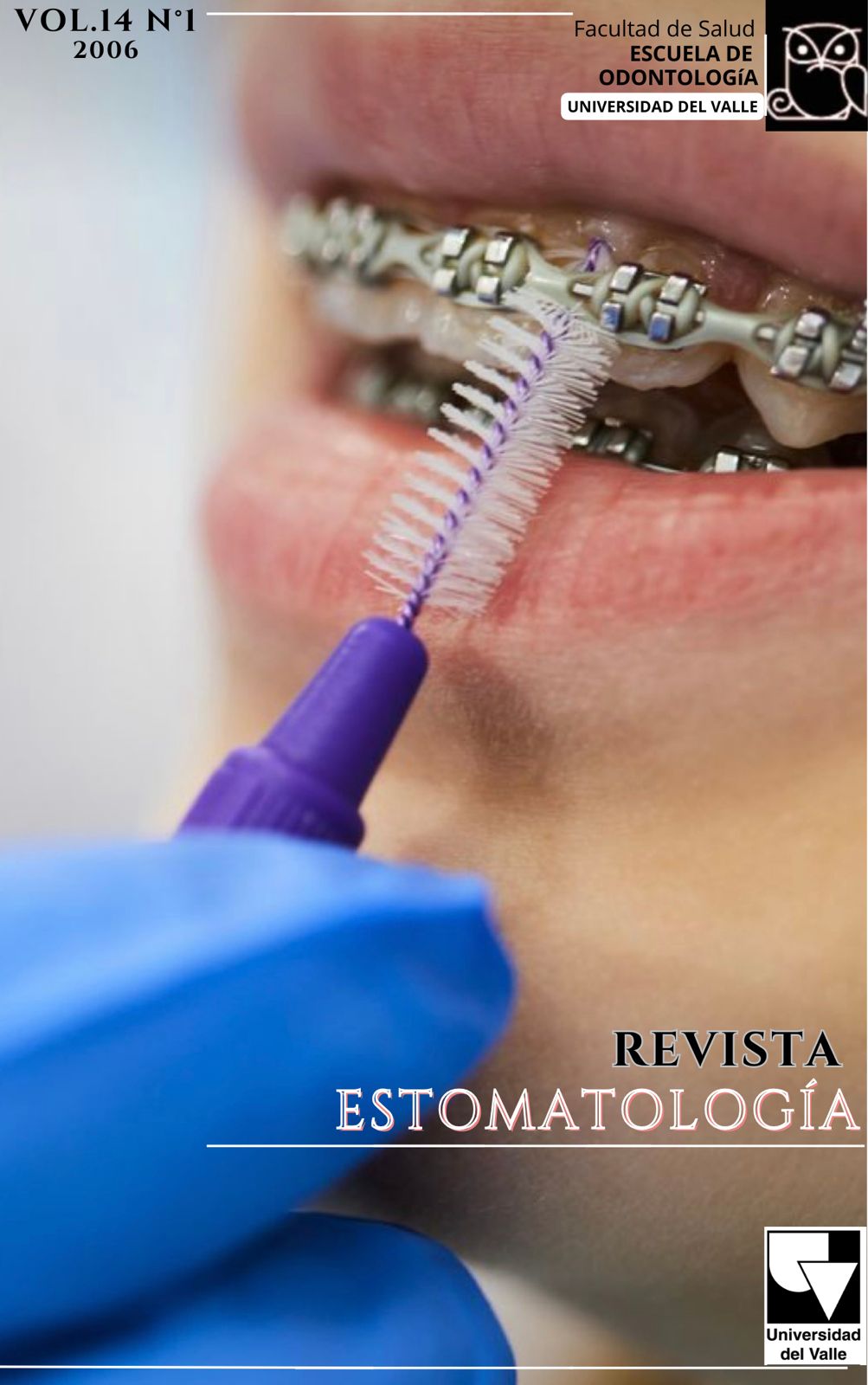Effects of orthodontic teeth movement on dental pulp: a review
Main Article Content
Summary: Orthodontic
dental movement is the result of physic and mechanic forces applicated on teeth. These kinds of
movements produce biologic effects in the cell and extra-cellular environment. Mice orthodontic
experimental tooth movements can produce dynamic changes on nervous fibers and pulp blood vessel
density which are correspondent with the change sequence observed on periodontal membrane and
periodontal bone. Within pulpar tissue an inflammatory answer may be found which can generate cell
changes, basically related to odontoblastos and its environment , but also blood vessel changes that
can be appreciated through the Doppler flujometry by which its possible to establish the pulp blood
flux on stressed and neurological affected human teeth on which it is possible to observe liberation
of the neuropéptidos responsible of tissues pain related by some patients after an orthodontic
apparatus activation. Key words: Dental pulp. Orthodontic movement consequences. Bucofacial
pain.
- Nataly Mora Zuluaga, Jesús Alberto Hernández, Carolina Rodriguez, Alternative of timely treatment of unilateral posterior cross-bite in primary and mixed early dentition. Case series , Revista Estomatología: Vol. 27 No. 1 (2019)
- Carolina Rodríguez, Freddy Moreno, Paramolar tubercle on second upper left premolar - a case report , Revista Estomatología: Vol. 14 No. 1 (2006)
- Carolina Isaza, Aristides Baraya , Dora Vanín, Síndrome del carcinoma de células basales névicas o síndrome de Gorlin (reporte de un caso) , Revista Estomatología: Vol. 3 No. 1 (1993)

This work is licensed under a Creative Commons Attribution-NonCommercial-NoDerivatives 4.0 International License.
Los autores/as conservan los derechos de autor y ceden a la revista el derecho de la primera publicación, con el trabajo registrado con la licencia de atribución de Creative Commons, que permite a terceros utilizar lo publicado siempre que mencionen la autoría del trabajo y a la primera publicación en esta revista.





